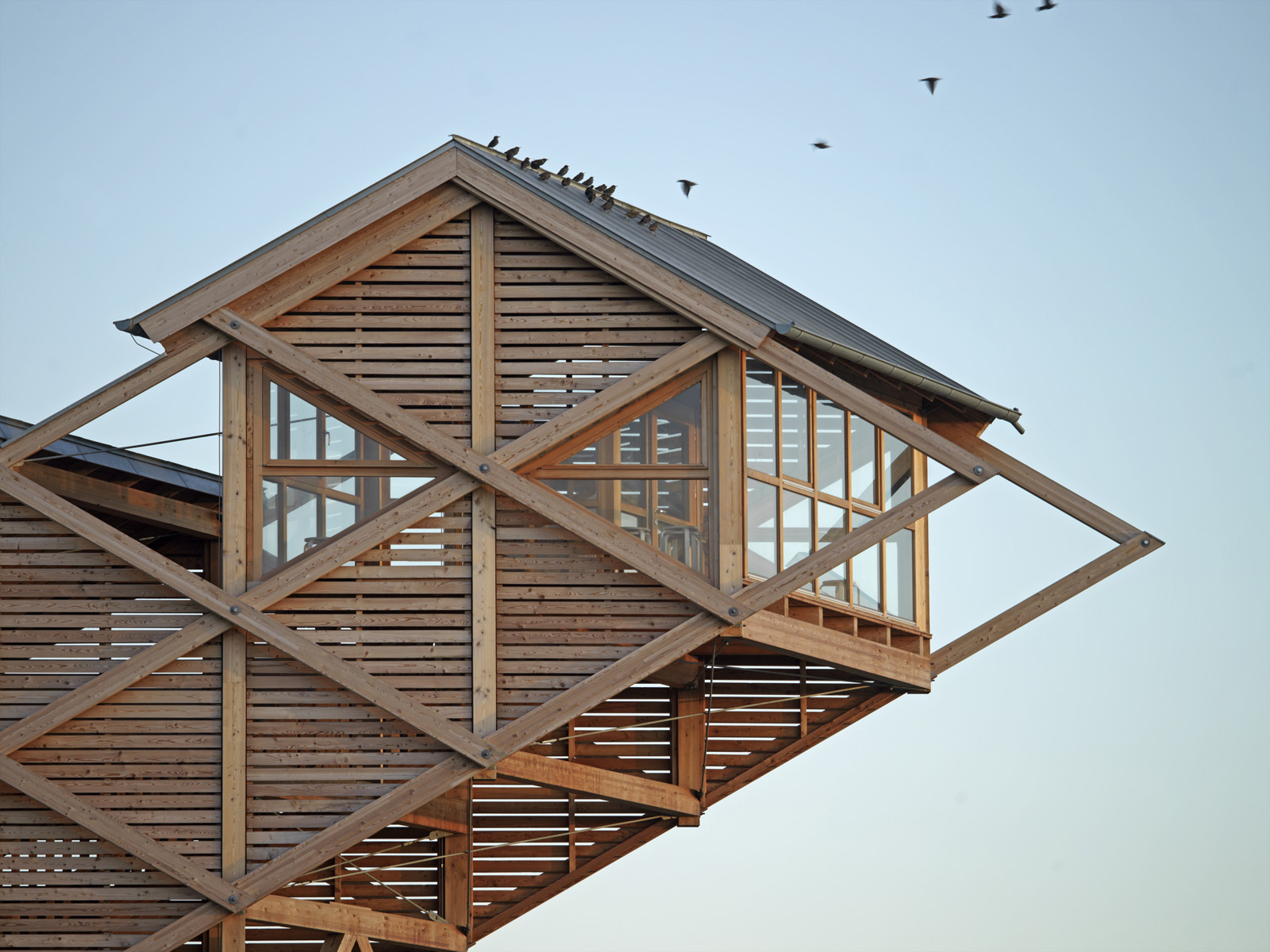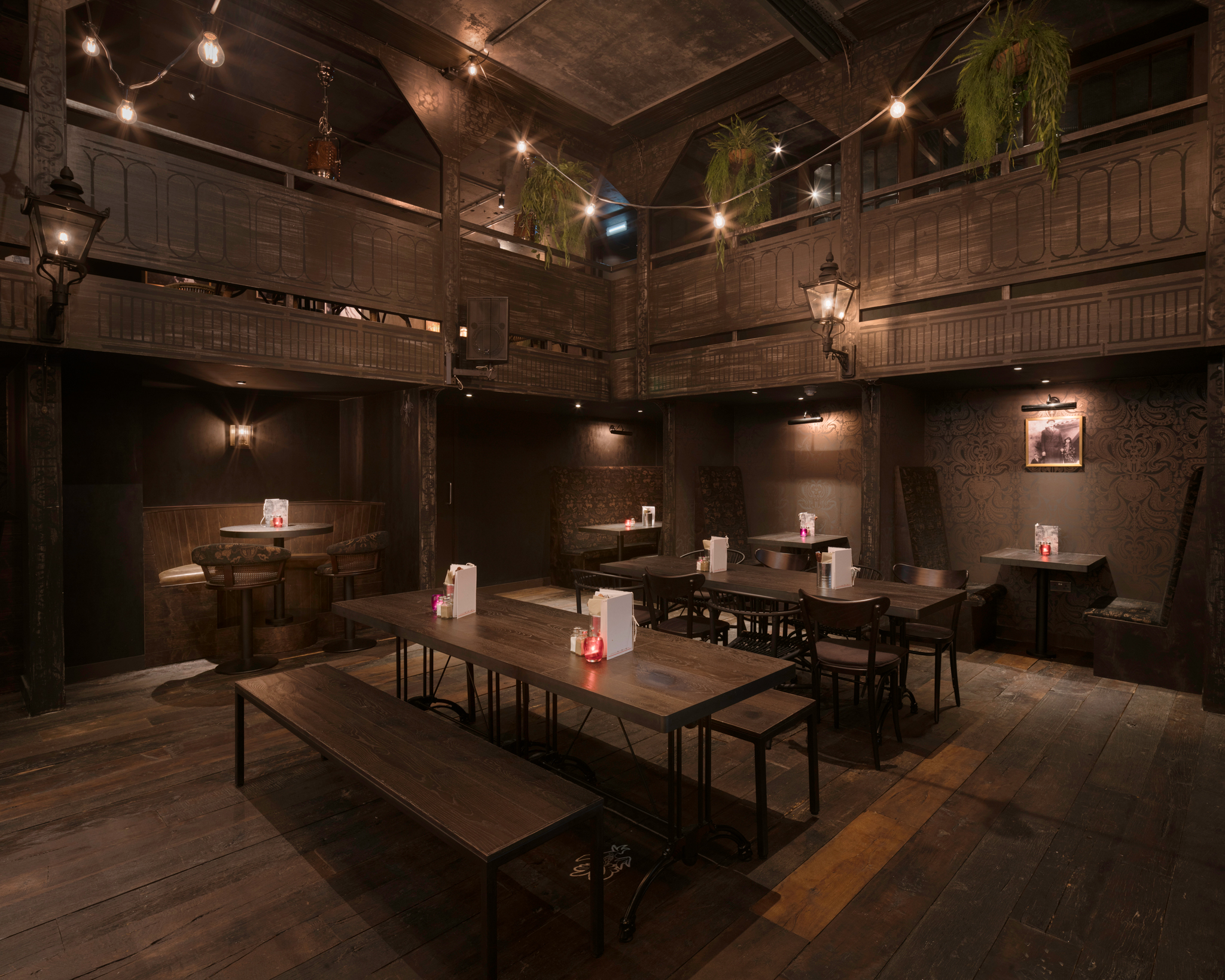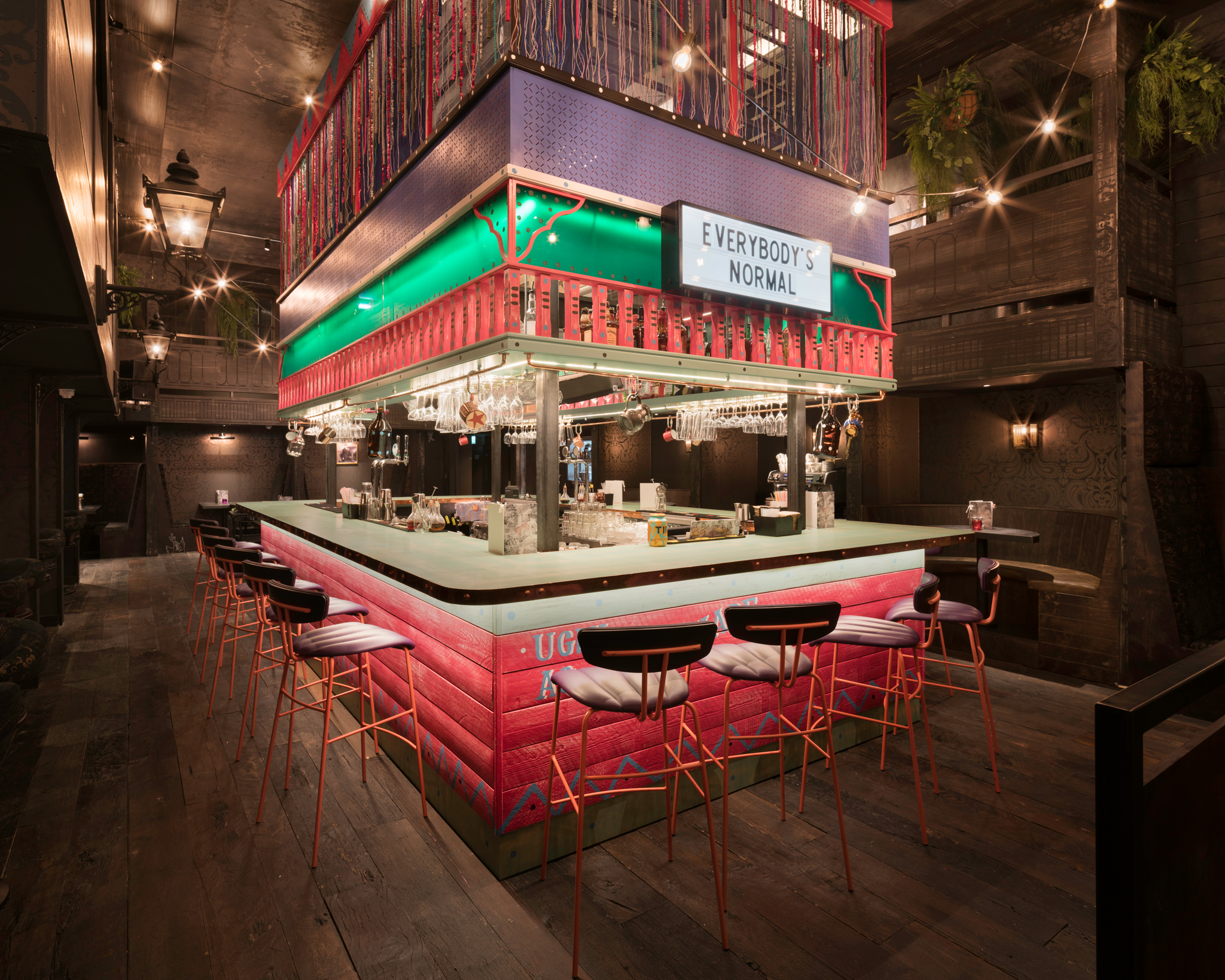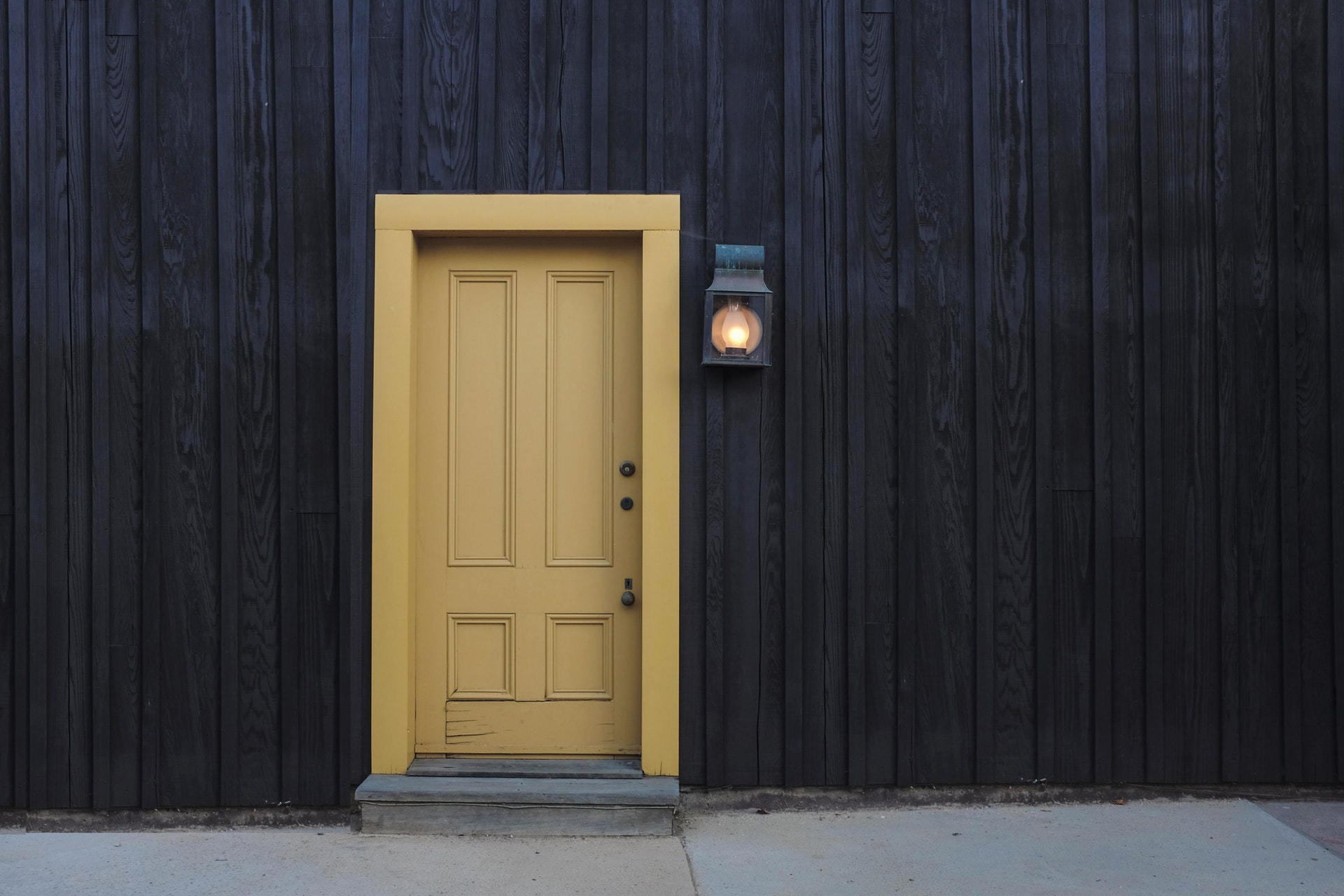
Environmental impact is a broad topic that more people and sectors of the economy are paying a great deal of attention to when making daily living and business decisions. Data on the matter is especially coming to light in the construction industry, which traditionally is known as one of the waste generating sectors.
With more eco-related challenges than ever, it has become increasingly essential to discover ways to contest for a more sustainable future.
And luckily, from companies to consumers, a change in how we view our planet means people are now taking greater steps to create a greener way of living that contributes to the concept of the circular economy.
Annually, in the United Kingdom alone, 70 – 105 million tonnes of waste is created from demolishing buildings — inducing a substantial environmental impact linked to energy consumption, waste production and direct or indirect greenhouse gas emissions.
According to research by Cardiff University, only 20% of that waste is biodegradable.
With intelligent design and a better comprehension of the biodegradable materials available in construction, it’s up to architects and building engineers to make the proper choices for the entirety of a building’s lifetime.
Reducing waste associated with buildings throughout their lifetime by designing a closed-loop material system made up of biodegradable materials is not entirely part of bigger mainstream practice.
As could be seen from the composition of demolition waste, just a tiny percentage is biodegradable.
Wood, an extensively used biodegradable material, only constitutes 3.1% of the total materials utilised. To boost the usage of biodegradable materials in buildings, a wider range of products is necessary.
More importantly, a clear case needs to be made for the use of biodegradable materials as an essential approach to waste minimisation.
Reimagining building materials
The construction sector currently accounts for 39% of global CO2 emissions — making the built industry among the least environmentally friendly in the world.
According to a report by Chatham House, cement alone creates about 8% of global CO2 emissions. As part of the global endeavour to avert climate crisis, our urban settlements will need to emerge from their dependence on concrete.
Numerous eco-friendly materials have emerged in the marketplace to assist in the reduction of the environmental impact of construction operations. However, identifying the planet’s eco-friendliest building materials could be somewhat tricky because different individuals have different definitions of what they consider sustainable.
Reclaimed timber, for instance, can be used for a plethora of construction purposes, such as structural framing, flooring, siding and interior fixtures.
Density varies depending on the sort of wood and a few stand up better with time. But most wood is vulnerable to pests and degradation, strengthening the necessity to thoroughly inspect every reclaimed piece.
Architects, designers and building personnel should all stay up to date with the trends and shifts driving sustainable construction. Placing eco-friendly materials in the forefront for any architectural project is an essential first step toward making buildings more sustainable.
Products made from organic, renewable materials as well as those that include recycled content are a wonderful place to start.
Looking to a sustainable future
Ushering in a new era of eco-friendly architecture is no simple task.
The construction sector is notoriously reluctant to change, but the industry has to adapt if it is to reduce its massive carbon footprint.
Green building materials are usually sourced from sustainable environments like timber forests. They can also be generated from innovative manufacturing processes that reduce harmful emissions into our surroundings.
Sustainable construction also takes into account a material’s appropriateness for the climate conditions in which it is used. Some materials tend to hold up nicely in anhydrous, cool environments but deteriorate in humid, hot locations. Degradation and replacement frequency need to factor into a material’s overall eco-friendliness to the environment.
Having a classic aesthetic that beautifies any interior space, wood is one biodegradable building material that’s earned its good reputation.
It’s practical and efficient both indoors and outdoors, and you are able to find a place for it virtually everywhere. Timber roofing is especially effective in the reduction of carbon footprint.
Future building plans will also need to place great emphasis on floating parks, rooftop gardens and other forms of urban greenery. As our cities shift toward cleaner, greener technology, standards for sustainability will fortify and designers and architects will need to adapt so as to pass stricter standards.
In pursuit of innovation
Sustainable architecture has given rise to a wave of innovative designs.
Architects and engineers alike are finding ways to utilise biodegradable materials wherever possible in place of toxic ones, like mercury or lead.
Driving change within the building industry is a massive accomplishment, requiring not only innovation but also real collaboration on an international scale.
This challenge comes at a time when urban growth is occurring at a quicker rate than before.
To revolutionise present practices, the general public and private sectors will need to work together closely.
Maybe what the industry requires mostly is a significant shift in mindset, moving away from minimising production costs and towards thinking about the long-term expenses of all design choices.
Conclusion
Since architecture is all about building something fresh and new, oftentimes we forget about the reverse side of the coin: tearing something down and disposing of construction materials. As the planet comes to terms with the degree of harm that non-biodegradable products and materials are doing to the environment, biodegradable options are a part of the future green technology expected to attract change. Relentless effort need to be made by designers, architects, engineers and manufacturers to create safer products employing biodegradable materials.






